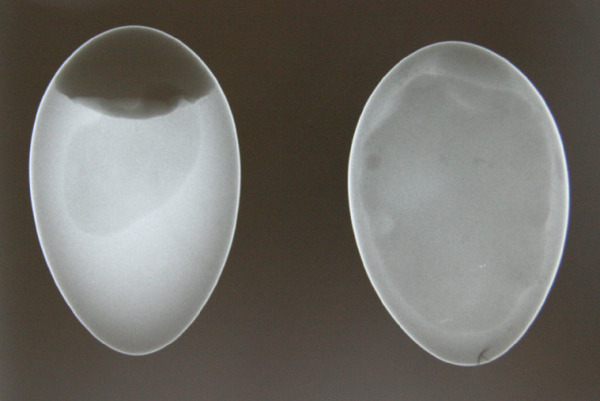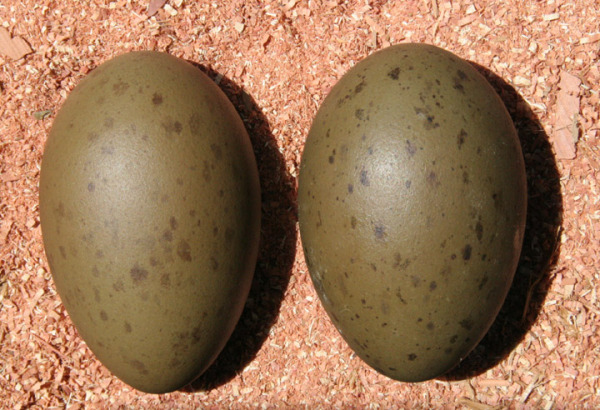72 degrees Sunny Calm
What a picture perfect summer day. Sunshine. Blue sky. An even bluer lake. And no humidity!
In the words of the old commercial, "From the Land of Sky Blue Waters!"
And what a perfect day for the release of a loon!!
I got a call from the Executive Director of the Wildlife Rehabilitation Center this morning to tell me that they were ready to release the loon - "Sue's loon" which has now become "Jodi's loon". [Jodi, I had understood that your name was on the admittance tag but did not know the connection between you and 'Sue' until I saw your message. Btw, I bought my pontoon from your family!!]
I was so surprised to hear that the loon was well enough to be released. In fact, they were already on the way to the lake with the loon.
Yesterday afternoon I was not encouraged by the news at all. The news that the loon still was not able to use it leg and was just sitting on a platform in the water was not what I had hoped to hear. And then to hear that there might be nerve damage to the leg added to my concern....even if the word was that the nerve damage "could" heal. There were no guarantees that the nerves WOULD heal. Or guarantees of how long it would take to heal.
So I was surprised but elated to hear this morning that the loon was already doing well enough to be released today. I was honored to be asked to help with the release on a moment's notice. So in between a meeting this morning and a doctor's appointment right after lunch, I quickly headed to the lake where the loon was originally found.
There I met one of the staff members from the WRCMN and we carried the container with the loon inside to the shore of the lake.
There was another loon swimming not too far from the landing where we were going to release this loon. We both wondered if that was the mate to this loon. I looked carefully and there were no chicks swimming with the single loon. That alone was encouraging but there was no way to know if these two loons were mates.
I was surprised at how calm the loon was as I opened the door of the carrier and reached inside to carefully take hold of the loon. I had expected to hear some calls and for the loon to struggle. But it didn't. Only some disarrangement of feathers indicated anything was wrong. I tried to be very careful and gentle with the loon's left leg which is the one that had been injured.

I was fully expecting the loon's feet and wings to be fluttering and flapping all over the place. And I was especially careful and concerned about that sharp bill!

But the loon was perfectly content for me to pick it up and hold it as I walked to the water. There was no struggle. No panic. No distress. Only a couple of quiet hoots.
I gently set it into the water. Even then it did not panic in any way. I had expected it to very quickly swim or paddle to get away from us. But it didn't. It swam a few feet away from us and then turned and looked at us. Still no urgency to get away.

It was good to see that it could use its left leg... the one that had been injured. If it had not been able to use that leg, it obviously would not be able to swim well.
It swam several leisurely circles and stayed very close to us...only a few feet away as we watched from shore. It started to rearrange its feathers that had been all tousled up in the transfer.
And then that iconic loon pose as it rose up out of the water and flapped its wings as if to say "Free at last! Free at last""

It also would not have been able to rise up in the water like that if it did not have good use of both legs. And then it slowly and quietly started to swim out into the lake.

We were hoping that it would call to see if the other loon responded. But it did not call. Only a couple of quiet hoots as if to say "Thank You".
But the other loon did start to swim in the general direction of the loon that we had just released. But there were no calls. Only the quiet of a beautiful summer day punctuated by the sound of boats and jet skis. People who were totally unaware of the awesome event that had just taken place within their view.
We did not actually see the two loons reunite so we cannot be sure if it was the mate or not. But there were no fights that we observed either. Everything seemed to be peaceful and the release had gone better than we had a right to expect. Best of all was that the loon seemed to be doing VERY well and did not seem to have any trouble swimming or diving or rising up to flap its wings.
So thanks again to the Wildlife Rehabilitation Center of Minnesota and their excellent staff for nursing this loon back to health. And thanks to Nate and Jodi for saving this loon and starting this whole saga which had a wonderful ending!
Hopefully everyone on the lake will hear the loons calling tonight!



